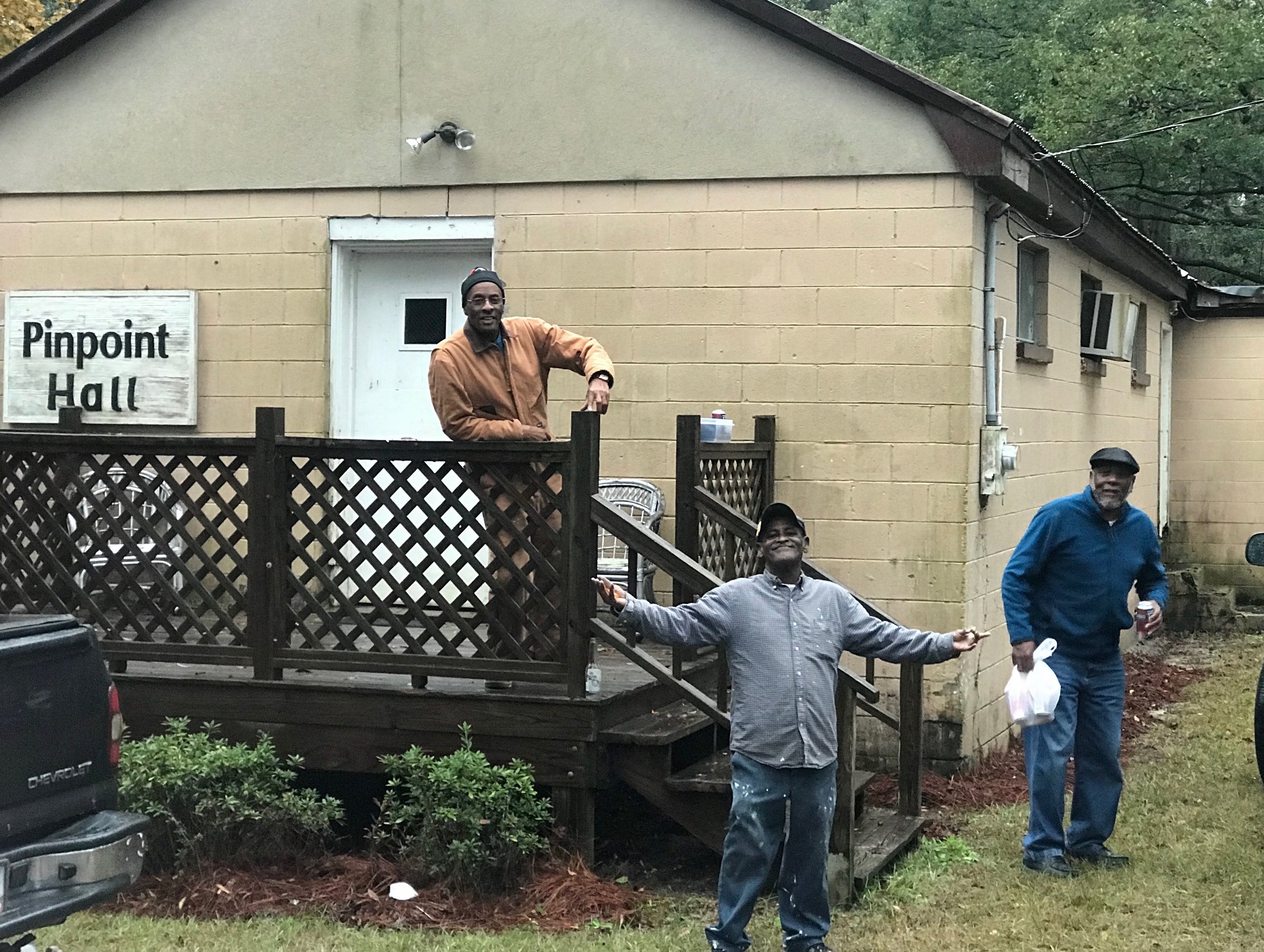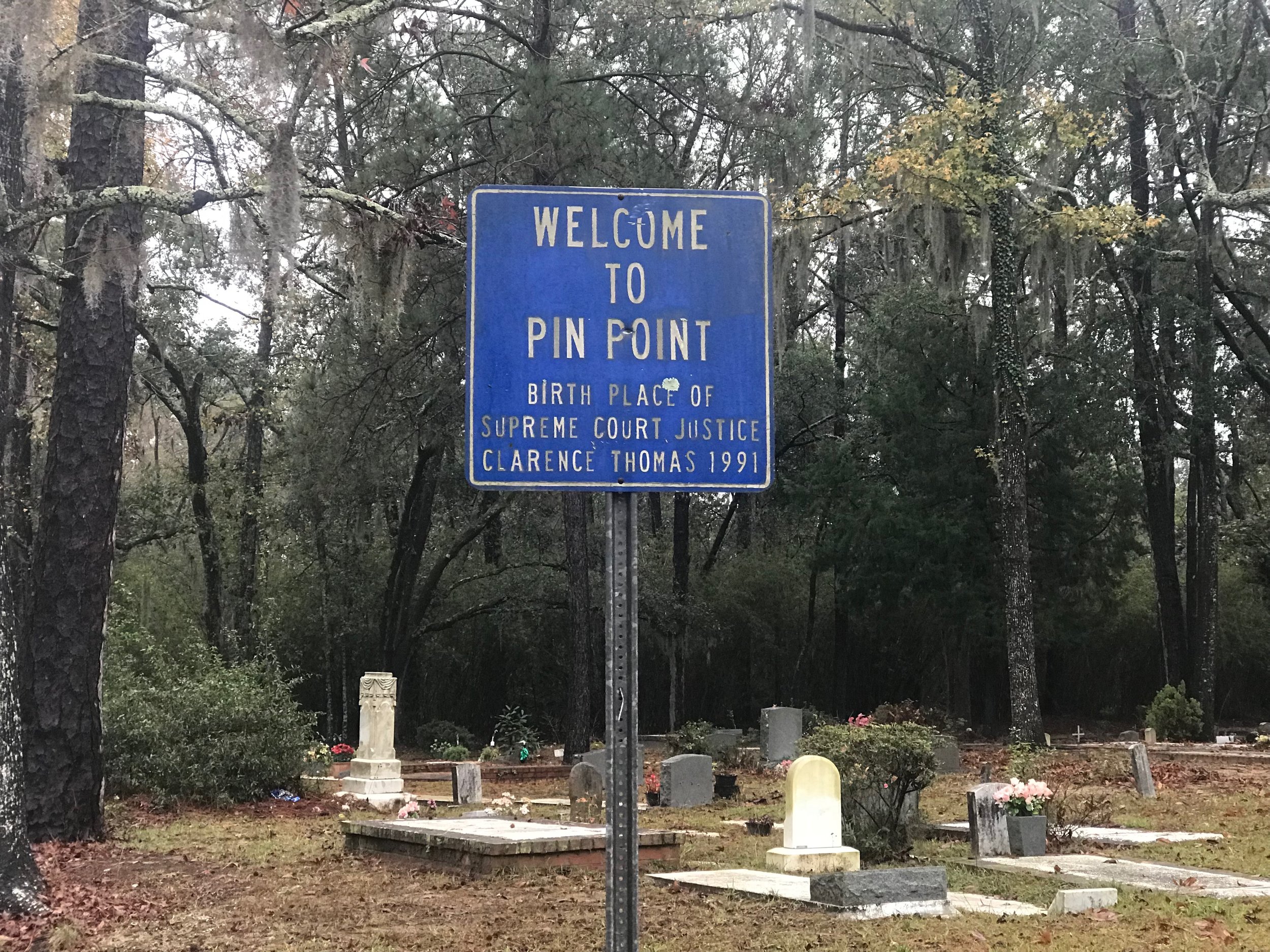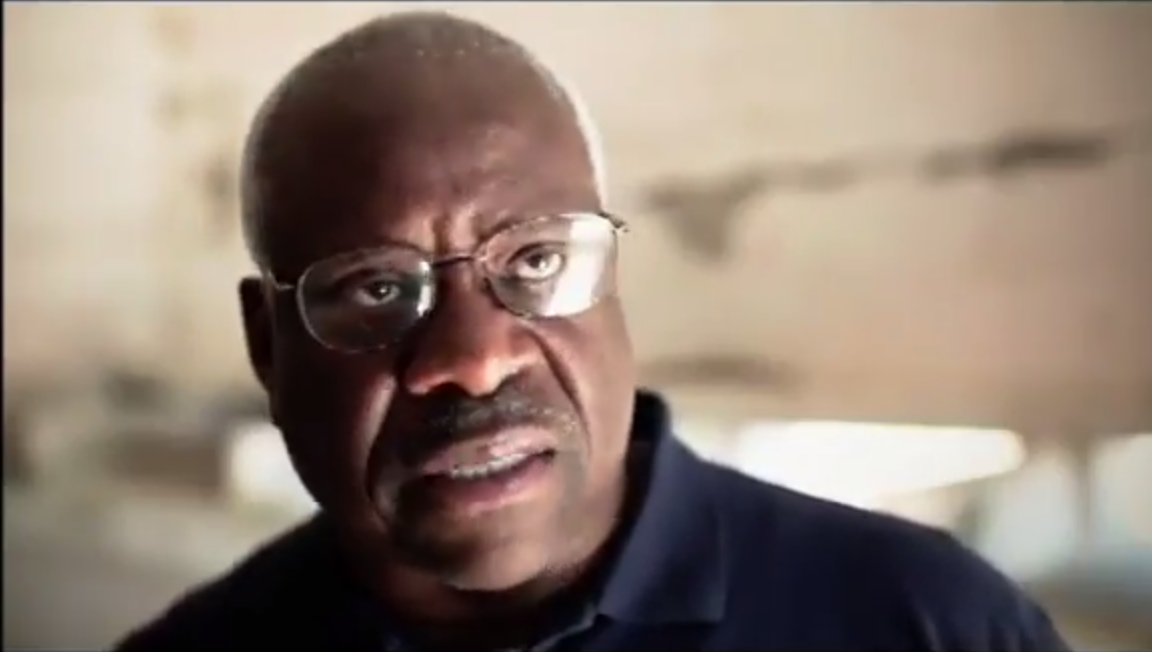




Pin Point’s American story
From a Gullah community to the Supreme Court
By Rick Holmes
Jan. 5, 2018
Pin Point, Ga. - They came from West Africa, against their will. They spoke different languages – slave traders liked to mix tribes in their floating prisons to make it harder for rebellions to get organized.
Thousands were dropped on barrier islands off the coast of Georgia, Florida and the Carolinas. There, they were isolated and all-but-ignored. Even their white owners left them alone, staying most of the year in cities like Charleston and Savannah, miles away from their sweltering, disease-riddled plantations.
They developed their own language, now known as Gullah, and their own culture, now called Gullah/Geechee, with distinct African roots. They built “tabby” huts of mud and oyster shells, and wove sweetgrass baskets. They combined elements of Baptist Christianity with African tribal practices into their own religious tradition.
They believed that land meant freedom, but white Southerners wouldn’t sell land to freed slaves or their descendants. When some land became available here along what was known as Back River, it wasn’t thought good enough for white buyers. It was sold to Gullah people from Skidaway and Ossabaw islands, and a community was born: Pin Point.
Like many isolated small towns, Pin Point developed its own character and values. Hard work was expected and respected. Children were sternly disciplined by any and all adults in the community.
They were united and sustained by their church, which long went by a name that evoked determination: the Hinder Me Not Baptist Church. Don’t let injustice hinder you from righteousness, it taught. Don’t let hardship hinder your aspirations.
These were not backwards people, nor did they lack ambition. Children were encouraged to get an education, and each child who made it into college became everyone’s source of pride. No son of Pin Point has generated more pride than Supreme Court Justice Clarence Thomas.
A key figure in the story of this African-American community was a white man. Algernon S. Varn acquired a strip of Pin Point land when a Gullah man he had loaned money to couldn’t repay the debt. There he built a factory and began harvesting the seafood plentiful in the marshes nearby.
“Old Man” Varn, as everyone called him, hired just about everyone in Pin Point. The men brought in crabs and oysters in boats they built. The women picked the meat from the crabs and shucked the oysters. The seafood was packed in cans with clear lids, so you could see the meat was fresh, and sold by Varn & Sons as far north as New York City.
It was hard work, especially for the women, whose hands were chilled to the bone working with oysters and crabs that had to be constantly kept on ice. They were paid by the pound of meat each worker produced, not by the hour, and made barely enough to survive.
Unlike the old plantation masters, Varn lived among them, right next door to the factory, and earned his workers’ affection. He used to sit on his porch, keeping an eye on a row of babies bedded down in crab boxes while their mothers worked. One of those babies now sits on the Supreme Court.
No community stands still, and Pin Point today is different in many ways. The Back River was renamed Moon River after the song written by Savannah native Johnny Mercer – a frequent visitor to Varn & Sons, they say – won an Oscar. New roads brought Savannah within easy reach. The Diamond Causeway was built, connecting Skidaway Island to the mainland, and Skidaway was soon filled with golf courses and gated communities for wealthy retirees.
Several factors contributed to the closing of the Varn Seafood factory. In the late ‘60s, the state sprayed chemicals over the marsh to control a fire ant infestation, wiping out the crab population for several years. When the state built the Diamond Causeway right next to the Varn factory, Moon River filled up with silt, making it hard for fishing boats to reach the Varn dock.
Overfishing hurt the enterprise, guides at the museum now housed in the former factory say. So did government regulations issued to protect the environment, protect consumers from unsafe foods and protect workers from dangerous conditions. Varn & Sons still paid by the pound, but began losing workers to employers not far away that paid minimum wage for far less punishing work.
You can see how someone who grew up in Pin Point might be skeptical of government programs. Government – for centuries run by white people for white people - never did anything for the African-Americans of Pin Point. Their lives were built on hard work, discipline, religion and community, not politics.
“These are different people, with a different attitude,” Thomas says in “Take Me to the Water: The Story of Pin Point,” a documentary available on YouTube. Different, but deeply rooted in America’s history, he says. “How much more claim could you have for whatever this country stands for, good and bad?”
Tiny Pin Point spun one colorful thread in the American tapestry, one that now runs through the nation’s highest court.
Rick Holmes can be reached at rick@rickholmes.net. You can follow his journey at www.rickholmes.net. Like him on Facebook at Holmes & Co, on follow him on Twitter @HolmesAndCo.